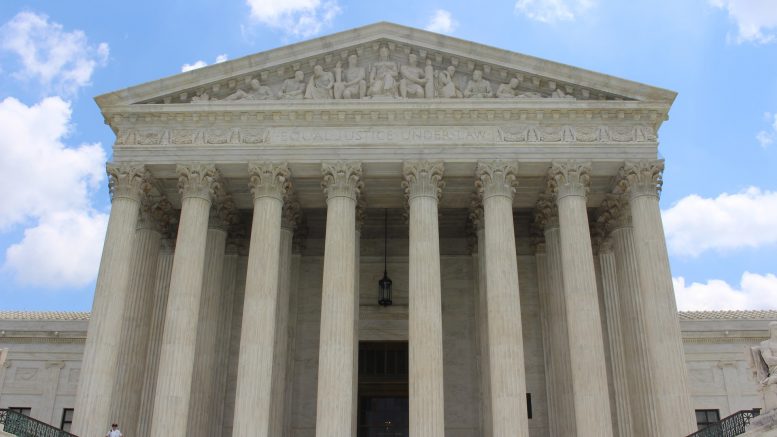The Supreme Court’s recent decision to allow Galveston County, Texas, to use a contentious electoral map for its upcoming local elections has sparked significant debate. This ruling comes despite lower courts labeling the map as racially gerrymandered, raising concerns about its impact on minority voters in the county.
Division Among Justices Over Electoral Map Legality
The Supreme Court’s decision saw a divide among its members, with the three liberal justices dissenting from the conservative majority. The majority authorized the use of the 2021 electoral map drawn by Republican leadership in Galveston County. Critics of the map argue it effectively diminishes the representation of the county’s sole majority-minority precinct, infringing on the rights of Black and Latino voters under the Voting Rights Act.

Dissent Highlights Concerns Over Map’s Fairness
Justice Elena Kagan, supported by Justices Sonia Sotomayor and Ketanji Brown Jackson, expressed dissent, emphasizing that the court’s ruling overlooks a district court judge’s sanctioned map. Kagan noted that this map was lawfully acknowledged and reflected the longstanding electoral boundaries in Galveston County.
Twists in the Legal Journey
This case has navigated through a complex legal journey. The 5th U.S. Circuit Court of Appeals in New Orleans initially confirmed the lower court’s determination of racial gerrymandering. However, it later hinted at potentially overturning this precedent, leading to the suspension of the district court’s ruling favoring an alternative map.
Key Legal Argument: Minority Voting Rights
At the heart of this dispute is the interpretation of the 1965 Voting Rights Act, specifically whether it requires a majority-minority district for coalitions of various racial or ethnic groups. The district in question combines a 58% minority vote, comprising Black and Latino voters. Galveston County, however, argues that such coalitions are not safeguarded under the Voting Rights Act, with the 2021 map showing white majorities in all precincts.
Far-Reaching Consequences of the Decision
Justice Kagan critiqued the appeals court’s choice to endorse a differing map, asserting it exceeded its jurisdiction and contravened established law. This ruling by the Supreme Court not only alters the voting dynamics in Galveston County but also establishes a precedent regarding the recognition and protection of minority coalitions under the Voting Rights Act. The decision has incited concern among civil rights groups regarding the integrity of equitable and representative voting systems in the United States.
©unityus.org

